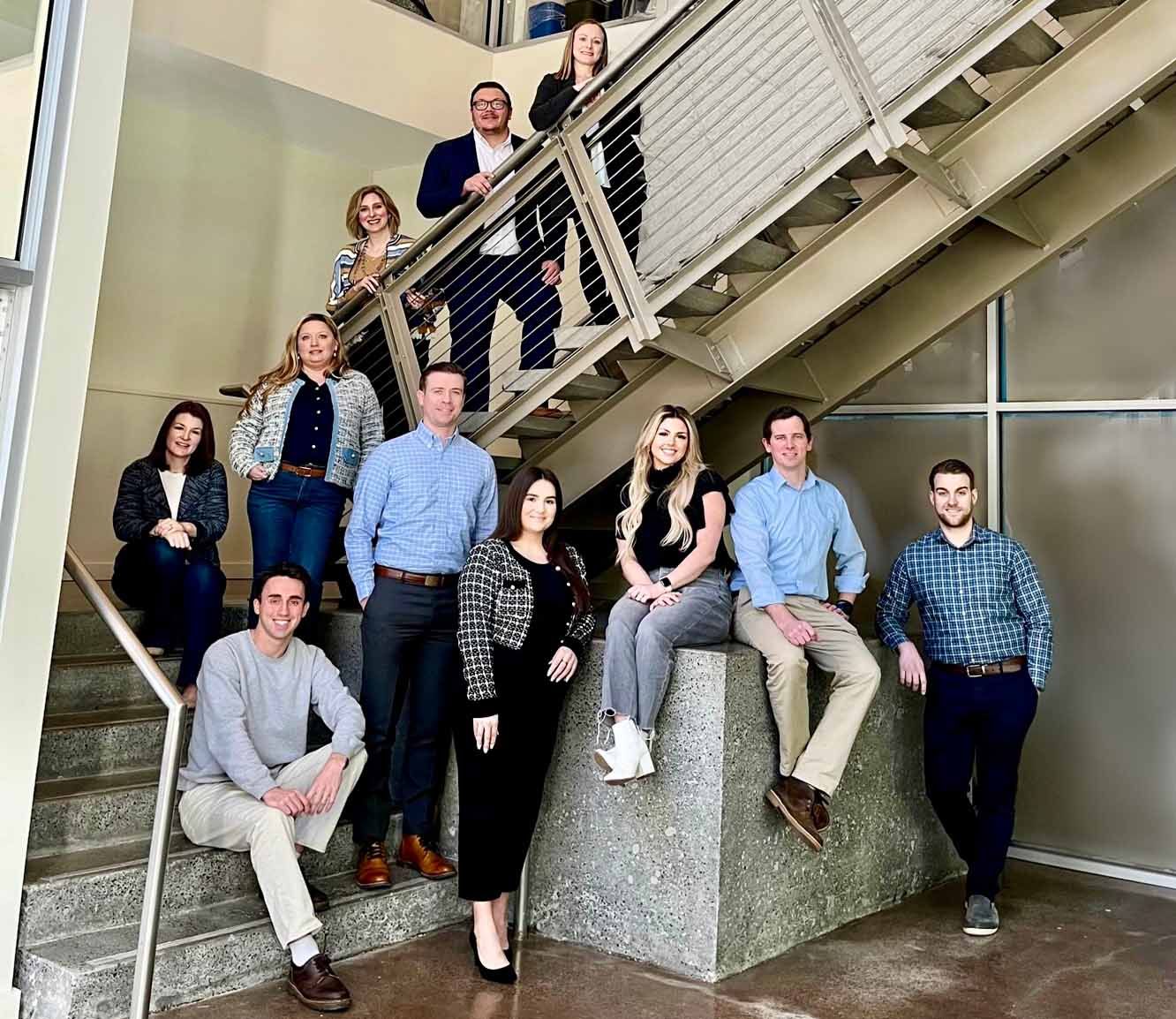Partnership Schedule K-2 and K-3 Draft 2022 Instructions Amend New Domestic Filing Exception
15 December 2022
The IRS on December 2 released updated draft 2022 partnership instructions for Form 1065 Schedules K- 2 and K-3 that, among other changes, revise a new exception to filing and furnishing to partners Schedules K-2 and K-3 for 2022. The new exception was originally included in an earlier draft of the 2022 instructions released in October.In response to criticism from the tax practitioner community, the IRS is attempting to balance its need for foreign reporting information with the cost/benefit to pass-through entities and their stakeholders. In the October 2022 draft instructions, the IRS introduced the concept of waiving some Schedule K-2/K-3 reporting with the caveat that partners be given the opportunity to request the information on a timely-filed request by the partner to the partnership. Partnerships would notify their partners that they would not receive Schedule K-3 unless requested. Under the October 2022 draft instructions, this notice would have had to have been provided to partners on or before January 15, 2023, for calendar year 2022 partnerships. In the revised instructions released this month, as noted in more detail below, the notification to partners can now be made as late as when the partnership furnishes Schedule K-1 to its partners and can be provided as an attachment to the Schedule K-1.
Introduced beginning with the 2021 tax year, Schedule K-2 (Partners’ Distributive Share Items— International) and Schedule K-3 (Partner’s Share of Income, Deductions, Credits, etc.—International) replaced and supplemented reporting previously completed on Schedules K and K-1. The new schedules are used to report and to furnish to partners certain information in connection with reporting requirements relating to international tax provisions.
The draft instructions for the 2022 tax year add a “domestic filing exception.” Under the exception, a domestic partnership need not complete and file Schedules K-2 and K-3, nor furnish Schedule K-3 to a partner (except as specified), if the partnership meets four criteria for the tax year (the revisions made on the December 2, 2022, draft instructions are in bold):
1. No or limited foreign activity. The domestic partnership must have either no “foreign activity” during the tax year or its foreign activity must meet certain specified limitations (e.g., be passive income, with no more than $300 of foreign income taxes allowable as a credit under Section 901 treated as paid or accrued by the partnership, and the foreign income and taxes are shown on a payee statement that is furnished to the partnership). For this purpose, “foreign activity” includes foreign income taxes paid or accrued, foreign-source income or loss, and ownership interests in foreign partnerships, corporations, branches or disregarded entities.
2. U.S. citizen/resident alien partners. All direct partners in the domestic partnership during the tax year must be (a) U.S. citizens, (b) resident alien individuals, (c) domestic decedent’s estates with solely U.S. citizen and/or resident alien individual beneficiaries, (d) domestic grantor trusts that have solely U.S. citizen and/or resident alien individual grantors and solely U.S. citizen and/or resident alien individual beneficiaries, (e) domestic non-grantor trusts with solely U.S. citizen and/or resident alien individual beneficiaries, (f) S corporations with a sole shareholder, or (g) single-member LLCs where the LLC’s sole member is one of the persons listed in (a) through (f) and the LLC is disregarded as an entity separate from its owner.
3. Partner notification. Partnerships satisfying the first two criteria must further notify their partners that they will not receive Schedule K-3 unless requested. The notification must be made at the latest when the partnership furnishes the Schedule K-1 to the partner. The notice can be provided as an attachment to the Schedule K-1.
4. No 2022 Schedules K-3 requests by the ‘one-month date.’ The partnership must not receive a request from any partner for Schedule K-3 information on or before the one-month date. The “one-month date” is one month before the date the partnership files the Form 1065. For tax year 2022 calendar year partnerships, the latest one-month date is August 15, 2023, if the partnership files an extension. The partnership must still provide a requested Schedule K-3 to partners making such requests after the one-month date, but such requests will not cause the partnership to fail to meet the domestic filing exception.
If a partnership receives a request from a partner for the Schedule K-3 information after the one-month date and has not received a request from any other partner for Schedule K-3 information on or before the one-month date, the domestic filing exception is met and the partnership is not required to file the tax year 2022 Schedules K-2 and K-3 with the IRS or furnish the tax year 2022 Schedule K-3 to the non-requesting partners. However, the partnership is required to provide for tax year 2022 the Schedule K-3, completed with the requested information, to the requesting partner on the later of the date on which the partnership files the Form 1065 or one month from the date on which the partnership receives the request from the partner. The partnership must complete and file tax year 2023 Schedules K-2 and K-3 with respect to the requesting partner by the tax year 2023 Form 1065 filing deadline.
If a partnership fails to meet the domestic filing exception solely due to the fourth criterion (i.e., a partner making a Schedule K-3 information request before the one-month date), the partnership must complete and file Schedules K-2 and K-3 but only with respect to the parts and sections relevant to the requesting partner.
Next Steps
The IRS added the domestic filing exception in response to input from stakeholders. It should come as welcome news to partnerships meeting the criteria that they will be able to avoid additional reporting burdens that are not relevant to their activities.
The partnership instructions for the 2022 Schedules K-2 and K-3 are still only in draft form and could be subject to further change before finalization.
For more information, contact a member of our team.
Back to News









